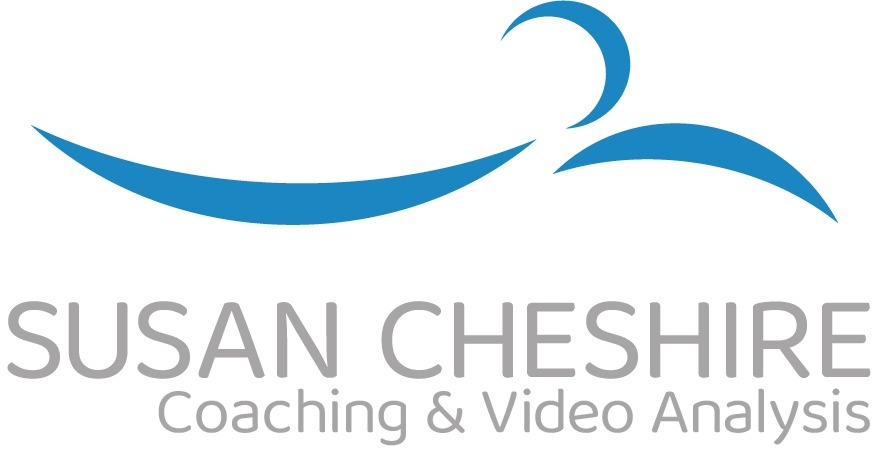The shape you’re in
History shows that there are coaches who make a lasting impact on their sport, their impact and knowledge is shared with others and within that sport some gain ‘Legend’ status.
An example of this in swimming is a quote by Bill Boomer, Head Coach at the University of Rochester and coach for the 2000 US Olympic Team.
‘The shape of the vessel matters more than the size of the engine’
by ‘engine’ Boomer means muscular and aerobic strength, his quote alludes to the fact that evading drag is the secret of speed. In competition a length of underwater dolphin will get you disqualified but has been done by elites to prove a point. We are faster under the surface than we are at the surface. Thankfully, it’s not permitted…it would be a terrible spectator sport and not to be recommended.
Aquatic mammals are capable of achieving speeds far faster than their power should permit, dolphins usually swim 7-8 miles per hour but when needed can achieve speeds of up to 25 miles per hour. Scientists explain how this is possible due to the flow mechanisms at work around the dolphin that lowers drag significantly, known as active streamlining.
A dolphin has a unibody, working as a whole, always streamlined. The shape of the body surpassing the power it has available
This importance of vessel shaping brings me to rowing, a sport that encounters the same types of drag as swimming and one I often refer to when coaching and my interest in the sport has grown in recent years with my own childrens’ participation in the sport;
Skin drag. Due to the friction between the hull drawing water along with the hull, the same is true of our skin as we swim.
Form Drag. Due to the turbulence created by the passage of the hull. Unlike rowing boats that stay the same shape, our limbs and body constantly change form and shape.
Wave Drag. Due to the energy lost in creating waves, the turbulence and noise we create as swimmers make waves and slow us down.
Kinetic Energy – a certain speed can be achieved by either moving a small mass of water quickly or a large mass of water slowly, it is the energy expenditure that varies greatly. It takes far less energy to move a large mass of water slowly and for both sports the ‘catch’ and the speed and amount of pressure you apply directly affects the amount of water you ‘hold’ and how that translates into forward motion. Too hard and too fast you will likely cause your hand to slip and lose purchase through the water in turn not travelling far and wasting energy.
Centre of Mass
A rowing boat is not a solid object and contains three separate components:
- Crew, representing 70-80% of total mass
- Hull and cox, representing 20-30% of the total mass
- Oars, representing less than 5%
A swimmer is not a solid object and contains three separate components.
- Head – approx. 8% of total mass
- Torso – hollow, air filled cavity approx. 50% of total mass
- Limbs – connected to the torso. Legs approx. 16% and Arms approx. 6% of total mass
If the distribution of these weights is not evenly balanced, instability problems will arise resulting in unnecessary drag.
As the blades of a rowing boat exit the water they no longer provide acceleration, the crews movement forward on the slides from their finishing position (in rowing terms called ‘back-stops’) accelerates the hull forwards. During the similar recovery phase of the freestyle stoke the recovering arm can maintain the momentum of the sleek underwater vessel shape of the human body as the hand returns to enter the water.
Levers.
When performed with technical precision the blade of the oar enters the water with minimal splash the blade then in essence holds the rowers place in the water as the boat moves under them, the blade exits in a similar place with no slippage. The same principle of ‘holding your place’ is applied to swimming, except it is our mass, our co-ordinated and connected ‘whole system’ that propels us OVER our hand.
It is not effective to move our arms and legs independently of one another, causing our shape to change unnecessarily and increasing form drag. These limb churning movements have the real potential to blow our human engine! Imagine if rowers move only their oars the capacity for forward movement is greatly reduced.
To move with economy it is essential to relax, co-ordinate whole body movements and create a vessel shape that is designed to move smoothly through the water.
How sleek is your vessel?
